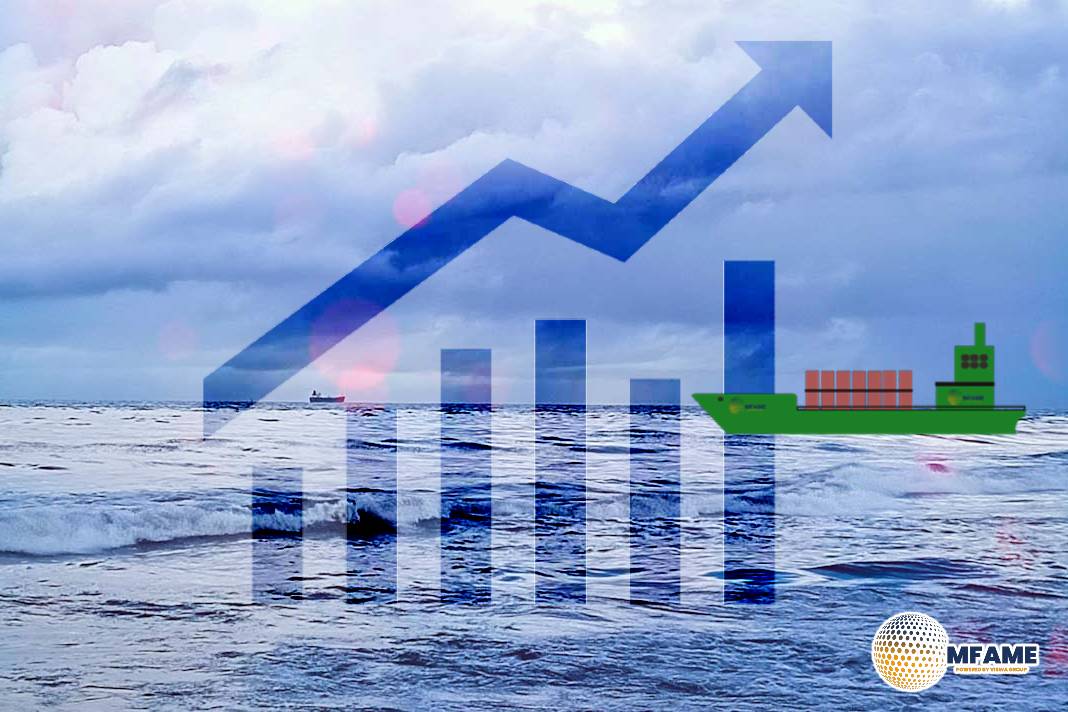Breakwave Advisors, in its latest Weekly Outlook, reports that evolving global trade policies continue to steer sentiment across the dry bulk sector, as freight markets navigate short-term turbulence and uncertain economic signals. The analysis highlights that while the broader fundamentals remain neutral, near-term momentum has turned negative, reflecting weaker rates and slower trading activity across key segments.
Dry bulk indicators show a modest correction, with the Baltic Dry Index (BDI) standing at 1,976 and the Breakwave Dry Futures Index (BDRYFF) at 1,799, marking declines of 12.5% and 11.4% respectively over the past 30 days. Despite the pullback, both indices remain substantially higher year-over-year, underscoring the market’s resilience amid volatility.
Trade Dynamics and Policy Shifts
Political developments and trade negotiations, particularly surrounding agricultural exports, are exerting a strong influence on market sentiment. Breakwave notes that discussions of a potential U.S.–China trade arrangement have brought cautious optimism, especially for the Panamax and Supramax segments that rely heavily on grain transport. Even limited agreements could provide short-lived support to fourth-quarter spot rates.
Meanwhile, the Capesize market, driven largely by iron ore and coal cargoes, is entering a traditionally active seasonal phase. However, mid-to-late October often marks a soft patch for rates. The report suggests that a rebound in activity could materialize in early November, potentially pushing rates back into the high $20,000 per day range if trade volumes strengthen. Until then, sentiment is expected to remain subdued.
China’s Steel and Iron Ore Trends
China’s industrial trends remain a focal point for dry bulk demand. The report reveals that steel production continues to lag year-on-year, falling 2.9%, while steel inventories have surged by 55%. Conversely, iron ore imports reached a record 116 million tonnes in September, suggesting active raw material inflows despite weak steel output.
The apparent disconnect between higher ore imports and lower steel production may reflect stockpiling behavior or the use of lower-grade ores. However, Breakwave maintains a cautious outlook, noting that the iron ore market remains oversupplied, with new export streams expected from West Africa likely to add further pressure.
Freight Rates and Fleet Growth
Average dry bulk freight rates have eased in recent weeks, with the Capesize spot average down 18.6% year-on-year and Panamax rates falling 15.7%. The Baltic Dry Index average for the year sits around 1,568 about 14.6% lower than the same period last year.
On the supply side, the dry bulk fleet expanded by 3.1% year-to-date, modestly increasing vessel availability. This incremental fleet growth, combined with softer demand, has weighed on rate recovery across multiple segments.
Long-Term Outlook
Despite current headwinds, Breakwave Advisors maintains that the long-term fundamentals of the dry bulk market remain intact. The firm highlights that geopolitical shifts, coupled with gradual economic recovery in China, could reshape vessel deployment patterns and create pockets of volatility. A relatively low newbuilding orderbook may also constrain fleet expansion, supporting a tighter market balance over the next cycle.
Overall, while near-term pressures persist, the broader dry bulk landscape remains positioned for cyclical recovery as global trade patterns adjust and supply growth stabilizes.
Did you subscribe to our daily Newsletter?
It’s Free — Click here to Subscribe!
Source: Breakwave Advisors

















